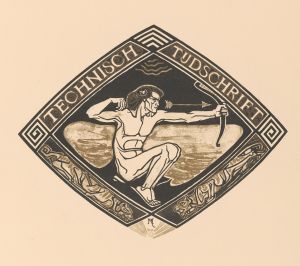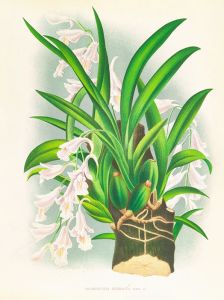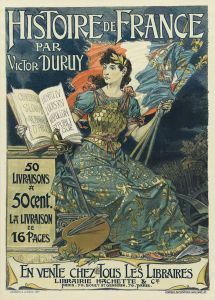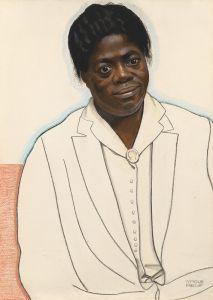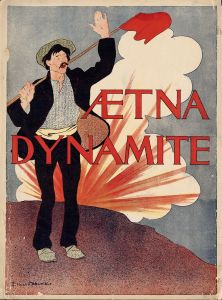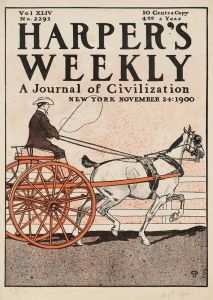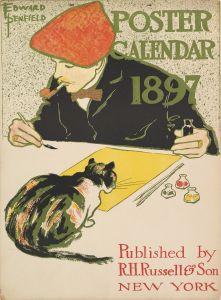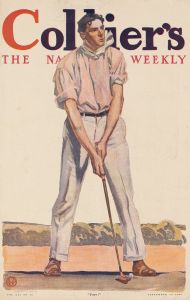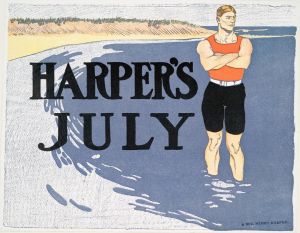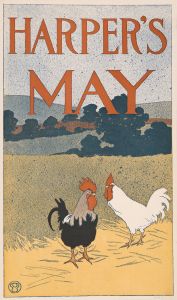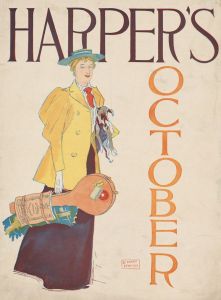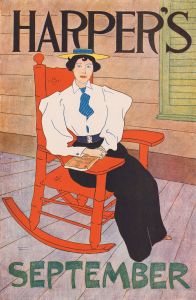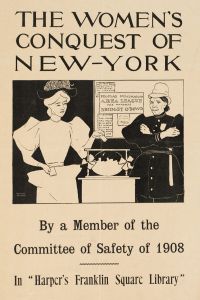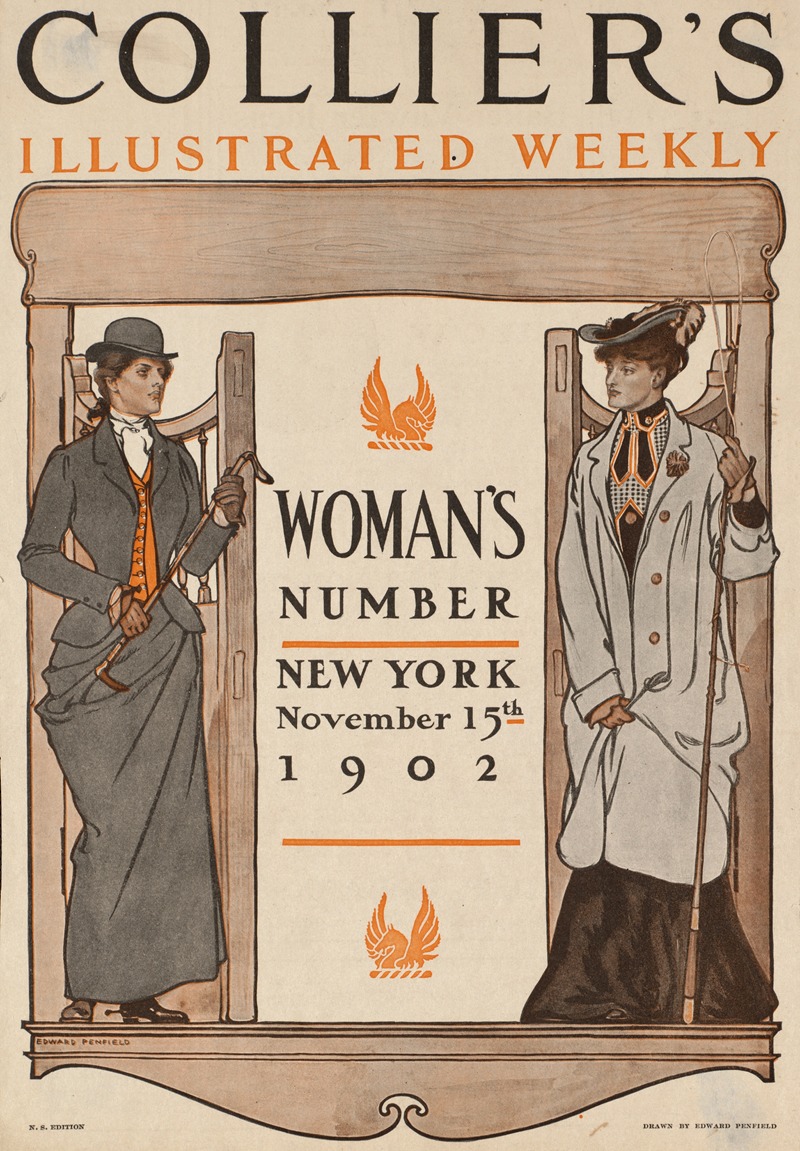
Collier’s illustrated weekly. Woman’s number, New York, November 15th, 1902.
A hand-painted replica of Edward Penfield’s masterpiece Collier’s illustrated weekly. Woman’s number, New York, November 15th, 1902., meticulously crafted by professional artists to capture the true essence of the original. Each piece is created with museum-quality canvas and rare mineral pigments, carefully painted by experienced artists with delicate brushstrokes and rich, layered colors to perfectly recreate the texture of the original artwork. Unlike machine-printed reproductions, this hand-painted version brings the painting to life, infused with the artist’s emotions and skill in every stroke. Whether for personal collection or home decoration, it instantly elevates the artistic atmosphere of any space.
Edward Penfield was a prominent American illustrator and a key figure in the development of graphic design in the late 19th and early 20th centuries. He is best known for his work in poster art and magazine illustration, particularly for his association with Harper's Magazine. One of his notable works is the cover illustration for "Collier’s Illustrated Weekly. Woman’s Number," published in New York on November 15, 1902.
The illustration for Collier's Weekly is a quintessential example of Penfield's style, which often featured bold lines, flat colors, and a keen sense of design that was both modern and accessible. This particular cover was part of a special issue dedicated to women, reflecting the growing interest in women's roles and issues during the early 20th century. Penfield's work often captured the spirit of the times, and this illustration is no exception, showcasing his ability to blend artistic elegance with commercial appeal.
Penfield's cover for the "Woman’s Number" of Collier's Weekly is characterized by its clean composition and the use of simplified forms. The illustration likely features a woman, as was typical for the thematic focus of the issue, rendered in a style that emphasizes both her individuality and her role within the broader social context of the era. Penfield's women were often depicted as fashionable and modern, reflecting the changing perceptions of women's roles in society.
The early 1900s were a period of significant social change, particularly concerning women's rights and suffrage. Publications like Collier's Weekly played a crucial role in shaping public opinion and discourse around these issues. By dedicating an entire issue to women, Collier's Weekly acknowledged the importance of women as both readers and subjects of interest. Penfield's illustration would have been a visual representation of this acknowledgment, capturing the essence of the modern woman at the time.
Edward Penfield's work is often associated with the Art Nouveau movement, which was characterized by its decorative style and use of organic forms. However, Penfield's approach was more restrained and focused on clarity and impact, making his work stand out in the realm of commercial illustration. His ability to convey complex themes through simple yet powerful imagery made him a sought-after illustrator for magazines and advertisers alike.
The "Woman’s Number" cover is a testament to Penfield's skill in capturing the zeitgeist of his era. It reflects not only his artistic talent but also his understanding of the cultural and social dynamics of the time. Through his work, Penfield contributed to the visual language of the early 20th century, influencing both his contemporaries and future generations of illustrators.
In summary, Edward Penfield's illustration for the November 15, 1902, issue of Collier's Illustrated Weekly is a significant piece of art that exemplifies his style and the cultural context of the period. It serves as a historical artifact that offers insight into the evolving role of women in society and the ways in which media and art intersected to reflect and influence public perceptions.





